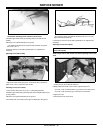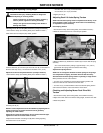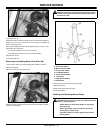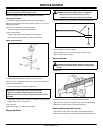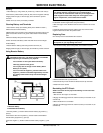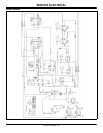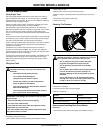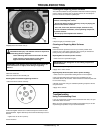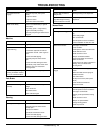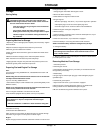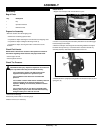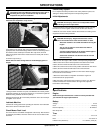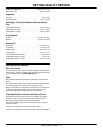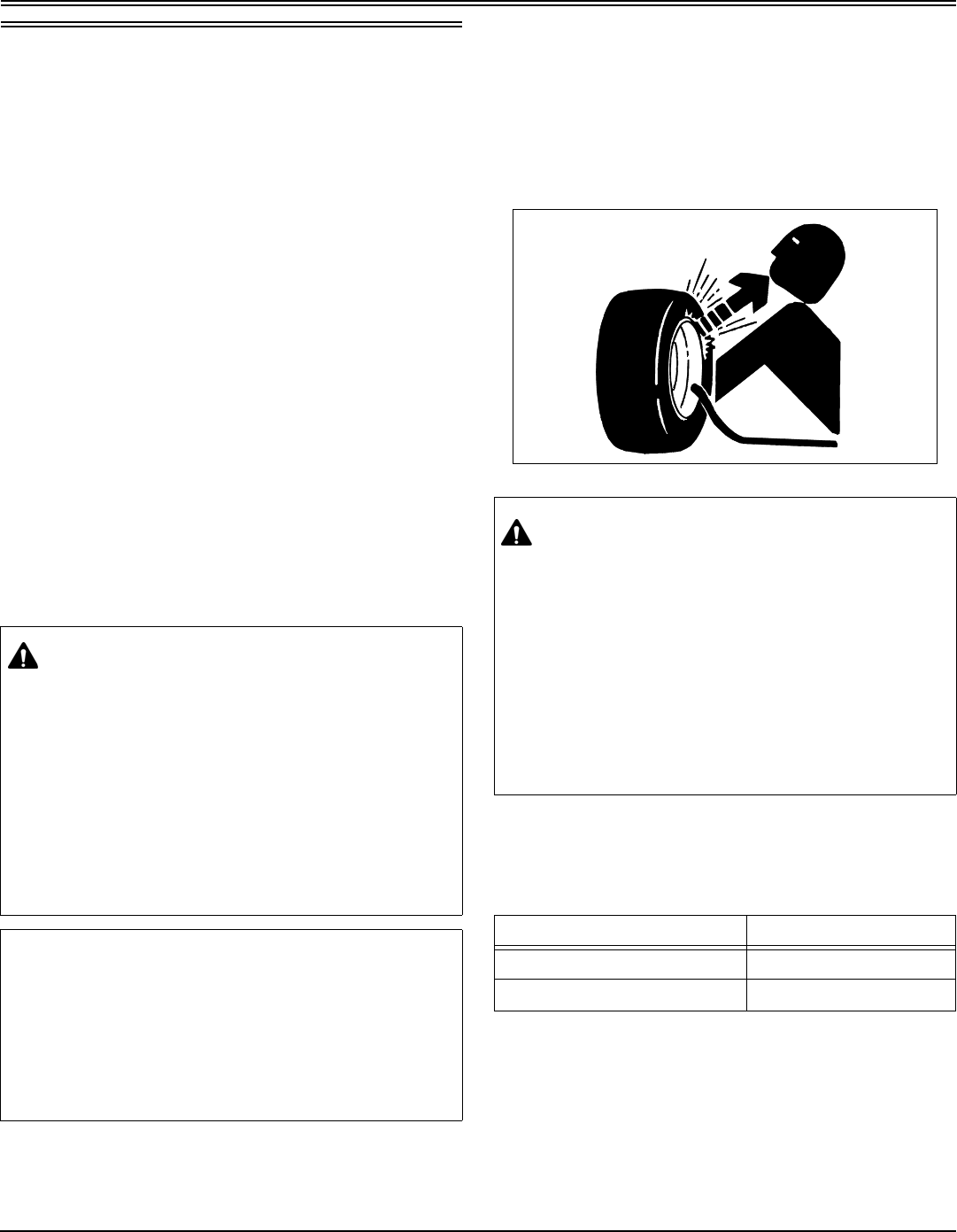
Service Miscellaneous - 43
SERVICE MISCELLANEOUS
Service Miscellaneous
Using Proper Fuel
Use regular grade unleaded fuel with an octane rating of 87 octane or
higher. Fuel blends containing up to 10% ethanol or up to 15% MTBE
reformulated fuel are acceptable. Do not use fuel or additives containing
methanol as engine damage can occur.
Always use fresh, clean fuel that is purchased in a quantity that can be
used within approximately 30 days, or add fuel stabilizer.
Fuel is blended to give best seasonal performance. To avoid engine
performance problems such as hard starting or vapor lock, use in-season
fuel. Use fuel during warm weather that was purchased during that
season, and use fuel during cold weather that was purchased during that
season.
Fuel can become stale in machines with engines that are used seasonally
or infrequently during a season. Stale fuel can produce varnish and plug
carburetor components which can affect engine performance.
Keep fuel storage container tightly covered and in a cool area out of direct
sunlight. Fuel can break down and degrade if not sealed properly or
exposed to sun and heat.
Condensation may collect in the fuel tank because of a variety of
operating or environmental conditions and, over time, may affect your
machine’s operation. Fill fuel tank at the end of daily use and store fuel in
plastic containers to reduce condensation.
For best year-round performance and fuel-handling, add stabilizer to fuel
immediately after fuel purchase. Such practice helps prevent engine
performance problems and allows fuel storage in the machine all year
without draining.
Filling Fuel Tank
Fill fuel tank at the end of each day’s operation to prevent condensation
and freezing during cold weather.
1.Park machine safely. (See Parking Safely in the SAFETY section.)
2.Allow engine to cool.
3.Remove any trash from area around fuel tank cap.
4.Remove fuel tank cap slowly to allow any pressure built up in tank to
escape.
5.Fill fuel tank only to bottom of filler neck.
6.Install fuel tank cap.
Checking Tire Pressure
1.Park machine safely. (See Parking Safely in the SAFETY section.)
2.Check tires for damage.
3.Check tire pressure with an accurate gauge.
4.Add air, if necessary:
Removing and Installing Rear Drive Wheels
Removing:
1.Park machine safely. (See Parking Safely in the SAFETY section.)
CAUTION: Avoid injury! Fuel vapors are explosive and
flammable:
•Shut engine off before filling fuel tank.
•Do not smoke while handling fuel.
•Keep fuel away from flames or sparks.
•Fill fuel tank outdoors or in well ventilated area.
•Clean up spilled fuel immediately.
•Use clean approved non-metal container to prevent
static electric discharge.
•Use clean approved plastic funnel without screen or
filter to prevent static electric discharge.
IMPORTANT: Avoid damage! Dirt and water in fuel can cause
engine damage:
• Clean dirt and debris from the fuel tank opening.
• Use clean, fresh, stabilized fuel.
• Fill the fuel tank at the end of each day’s operation to keep
condensation out of the fuel tank.
• Use a non-metallic funnel with a plastic mesh strainer when
filling the fuel tank or container.
CAUTION: Avoid injury! Explosive separation of tire and rim
parts is possible when they are serviced incorrectly:
•Do not attempt to mount a tire without the proper
equipment and experience to perform the job.
•Do not inflate the tires above the recommended
pressure.
•Do not weld or heat a wheel and tire assembly. Heat can
cause an increase in air pressure resulting in an
explosion. Welding can structurally weaken or deform
the wheel.
•Do not stand in front or over the tire assembly when
inflating. Use a clip-on chuck and extension hose long
enough to allow you to stand to one side.
Tire Size Pressure
Front: 13 x 5.0-6 110-138 kPa (16-20 psi)
Rear - Chariot: 23 x 9.5-12 69-97 kPa (10-14 psi)




